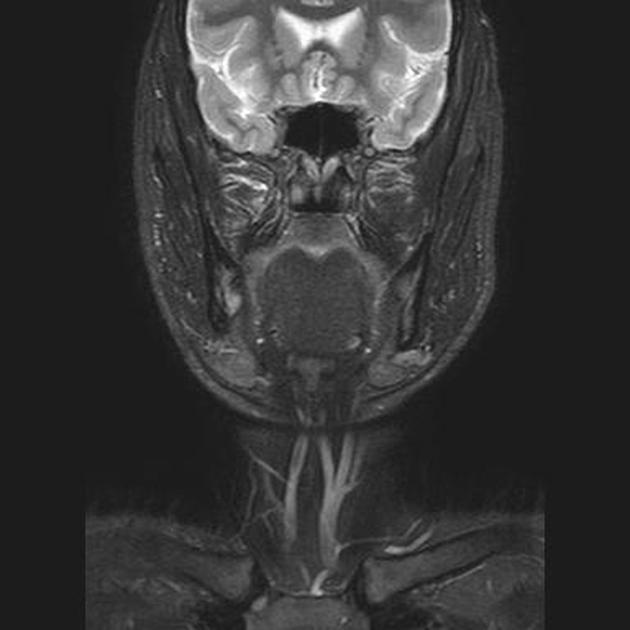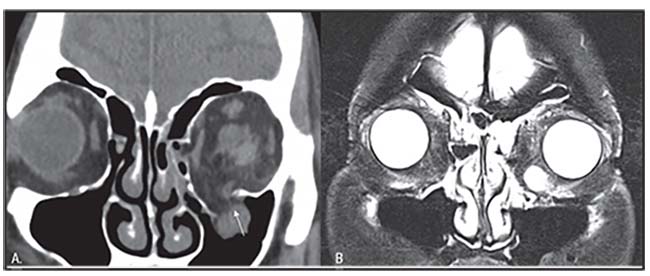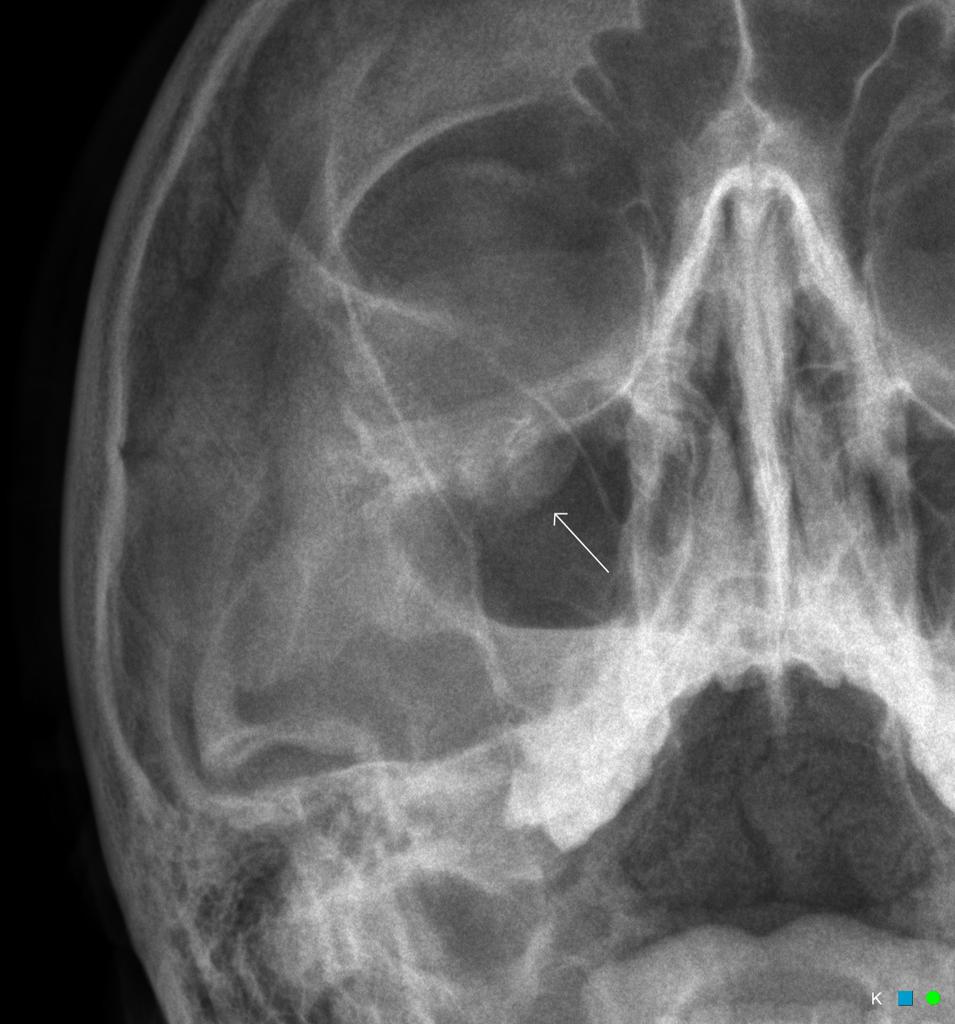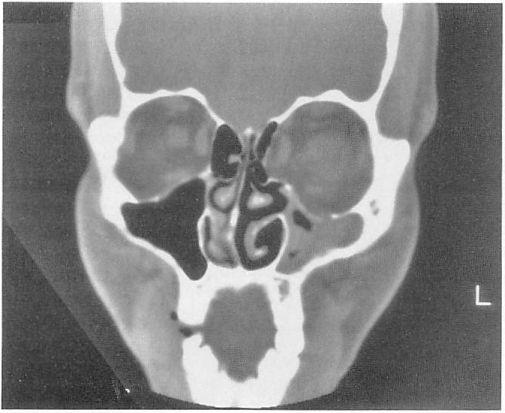Orbital floor fractures may result when a blunt object which is of equal or greater diameter than the orbital aperture strikes the eye or on the cheek 1.
Best imaging for orbital floor and maxillary fracture.
Getting hit with a baseball or a fist often causes a orbital blowout fracture.
Mid face le fort fractures.
The usual mechanism is a blow to the eye with the forces being transmitted by the soft tissues of the orbit downward to the thin floor of the orbit.
Blunt force trauma tends to cause fractures along three lines of weakness in the mid face.
Inferior floor medial wall lamina papyracea superior roof lateral wall.
Orbital fat prolapses into the maxillary sinus and may be joined by prolapse of the inferior rectus muscle.
Note the relatively small amount of herniated tissue and the air fluid level in the maxillary sinus.
Waters view best displays inferior orbital rims nasoethmoidal bones and maxillary sinuses.
The orbit is formed by 7 bones.
This patient had a significant vertical ocular motility disturbance.
Zygomatic sphenoid maxillary frontal lacrimal palatine and ethmoid.
Inferior blowout fractures are the most common.
One characteristic of all types of le fort fractures is the fracture of the.
The orbit is one of a pair of bony cavities each housing the globe and associated structures.
Blowout fractures can occur through one or more of the orbital walls.
The floor is usually the path of least resistance and fractures downward into the maxillary sinus.
However rare cases of nontraumatic orbital blowout fractures have been reported secondary to sneezing or nose blowing we describe a case of a nontraumatic orbital floor fracture that was diagnosed on imaging and affected patient management.
If the patient is upright when the film is taken an air fluid level can often be seen in the maxillary sinus which may indicate fracture of the maxillary sinus orbital floor.
Maxillary bones upper jaw.
Orbital floor fracture also known as blowout fracture of the orbit eye socket.
Another common fracture is the orbital floor fracture or blowout fracture.
Orbital floor fracture with significant soft tissue entrapment a so called trapdoor fracture.
A study by huang et al indicated that in patients with head trauma lack of maxillary hemosinus on conventional head ct scanning predicts the absence of orbital floor fracture the negative.
Direct orbital floor fracture.
Orbital blowout fractures seen in the emergency setting commonly occur after trauma.



























